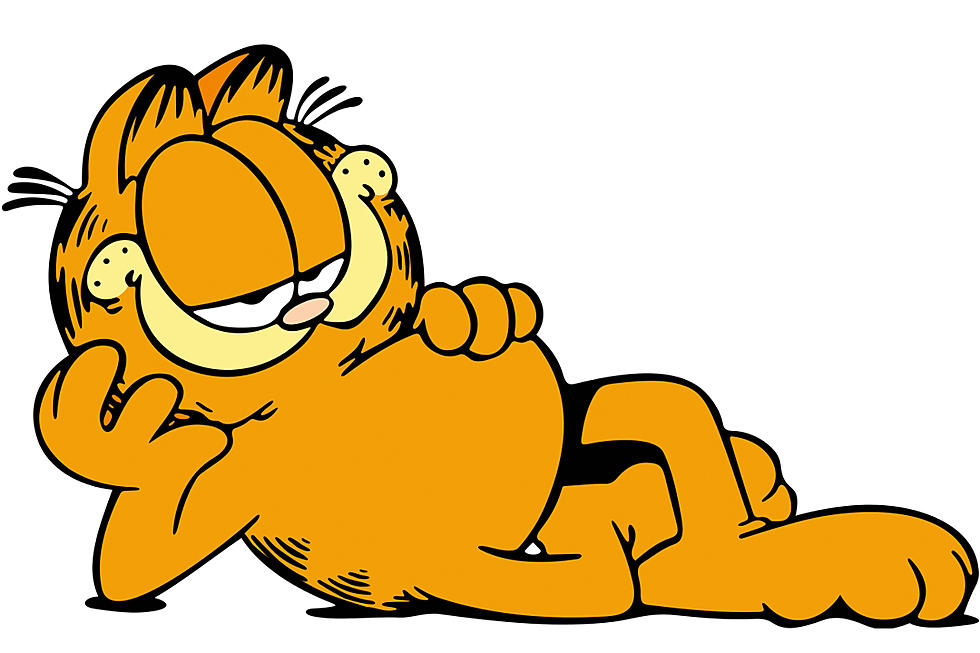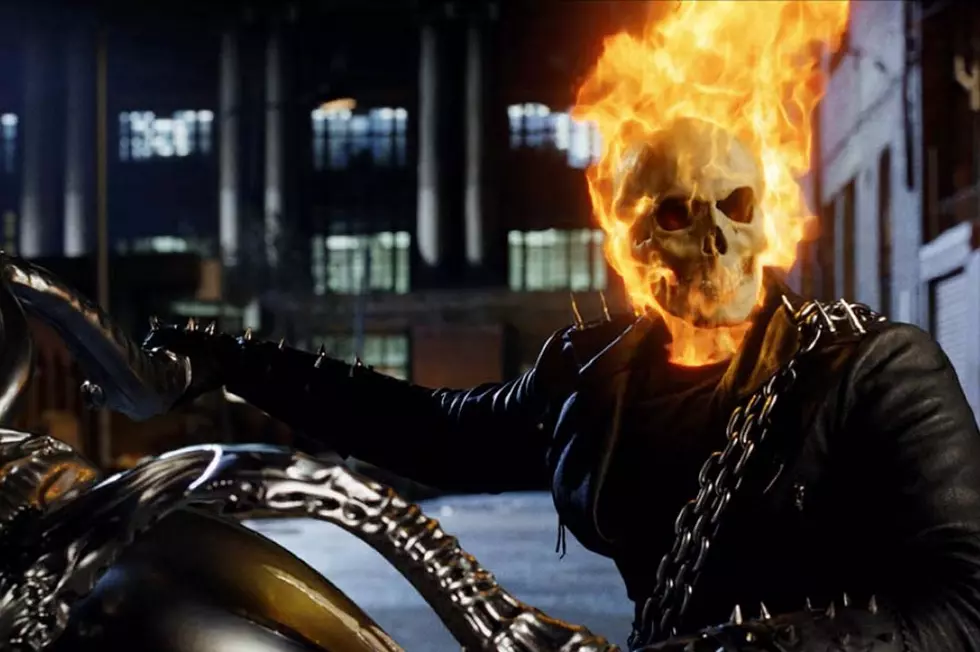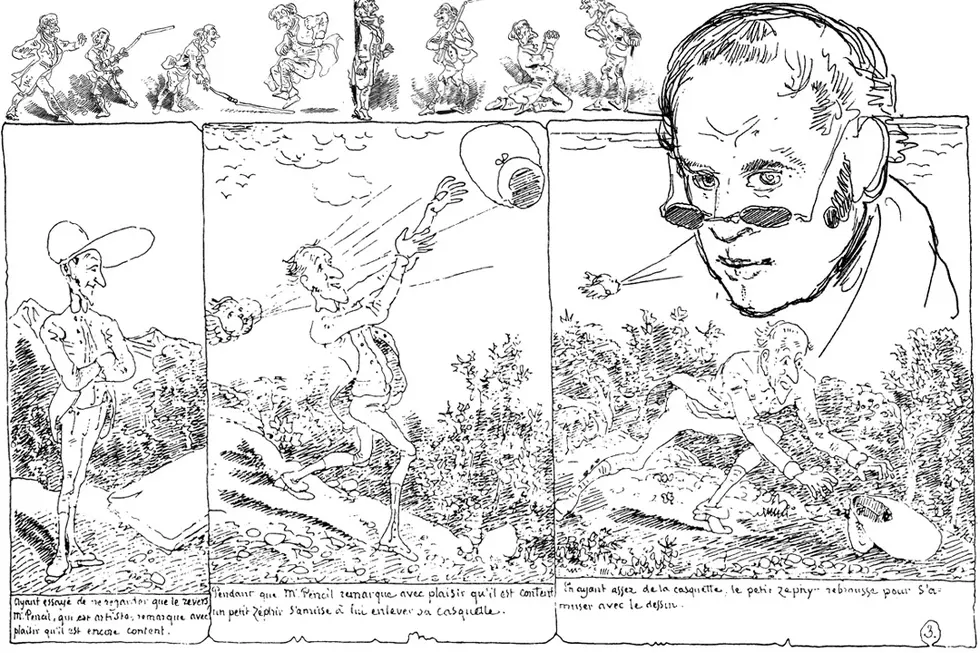
Happy Birthday to Richard Outcault, The Father of Comics as We Know Them
Richard Outcault didn't invent comics. Modern scholarship usually assigns credit for the first sequential art narrative to Swiss writer/artist Rodolphe Töpffer, whose book Histoire de M. Vieux Bois (published in English as The Adventures of Obadiah Oldbuck) is considered the first comic book, first appearing in 1837.
The remainder of the 19th century would see comics and cartoons pop up in magazine and newspapers across the globe: political cartoons by artists like Thomas Nast and humor comics in magazines such as Punch were incredibly popular at this time. Comics' first recurring character, Ally Sloper, created by Charles H. Ross, debuted in 1867.
However, these works don't often resemble comics as we think of them today. Most political and humor cartoons were single panel affairs; narrative comics like Oldbuck or Ally Sloper were really more like illustrated text, with each drawing a scenario accompanied by often lengthy textual captions.
It was Richard Felton Outcault, born this day in 1863, who first put together what we would recognize as a modern comic strip. While he did not necessarily invent all of these innovations, elements we would consider essential parts of a comic strip — panel borders, panel to panel continuity, word balloons, recurring characters, publication in a newspaper in color on Sunday, and so on — were first put together into a gestalt by Outcault in his strip Hogan's Alley, better known by its colloquial title, The Yellow Kid.
Hogan's Alley debuted in 1895 in Joseph Pulitzer's New York World newspaper, and was originally formatted as a large single-panel illustration with text throughout. The slum setting and main character, whose head, shaved to prevent lice, and hand-me-down yellow nightshirt point to his poverty, allowed Outcault to humorously call attention to social issues of his day, such as class inequality, racial tension, and America's burgeoning consumerist culture.
Outcault later moved his series, which had gradually transformed into what is recognizably a comic strip, to William Randolph Hearst's New York Journal, while Pulitzer continued to publish Hogan's Alley, now drawn by cartoonist George Luks. Both the World and the Journal were known for their sensationalist approach to news, and so the two newspapers who published The Yellow Kid gave birth to the term “yellow journalism.”
(Incidentally, another term whose coinage can be traced back to The Yellow Kid is one that first appears on the back cover of an 1897 collection of Yellow Kid strips called The Yellow Kid in McFadden's Flats: “comic book.”)
Outcault ended The Yellow Kid in 1898 after competition between Pulitzer and Hearst had died down and he realized he did not fully own the copyright to the Yellow Kid. He went on to create a number of other strips, most notably Buster Brown, which debuted in 1902.
Buster Brown featured the titular character, a young boy clad in Little Lord Fauntleroy gear, his girlfriend Mary Jane, and his dog Tige (who could talk, but not be understood by adults, another innovation that would come to be a comic strip staple), who liked to pull pranks but always got caught and usually got punished. Each strip ends with Buster painting a newly formed resolution based on his experience, though these are usually tongue-in-cheek and reflect a misunderstanding of the takeaway from each scenario.
Buster Brown continued until at least 1911 (records are inconsistent), with Outcault continuing a serial-numbers-filed-off version of his own strip after switching newspapers again until 1921, but the character is probably best known today due to the merchandising phenomenon associated with it.
In 1904, Outcault sold the license to his characters to the Brown Shoe Company at the World's Fair, and the worldwide success of the Buster Brown shoe was born. The style of girl's shoe known as Mary Janes, still popular today, have their origin with Buster's girlfriend.
So let's raise a glass to R.F. Outcault, father of the modern comic strip. Happy birthday, hully gee, as the Yellow Kid might say.
More From ComicsAlliance









